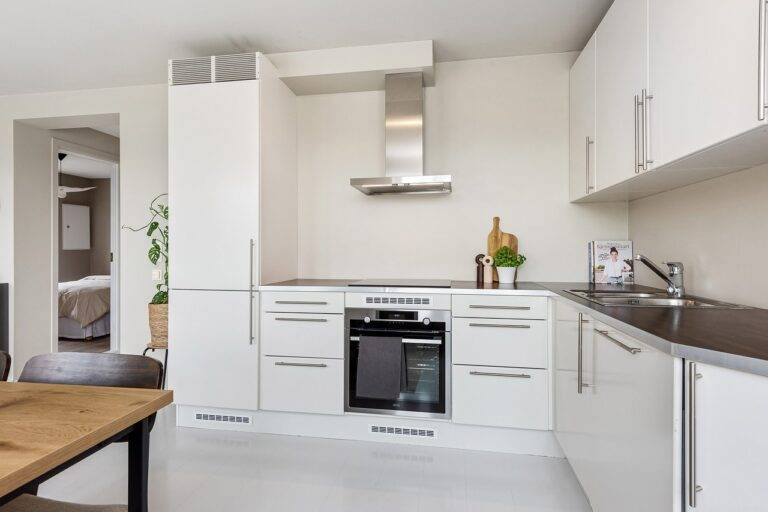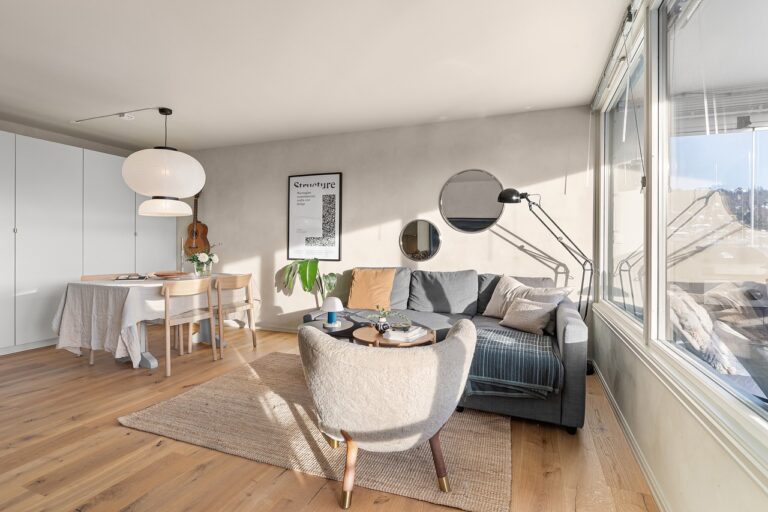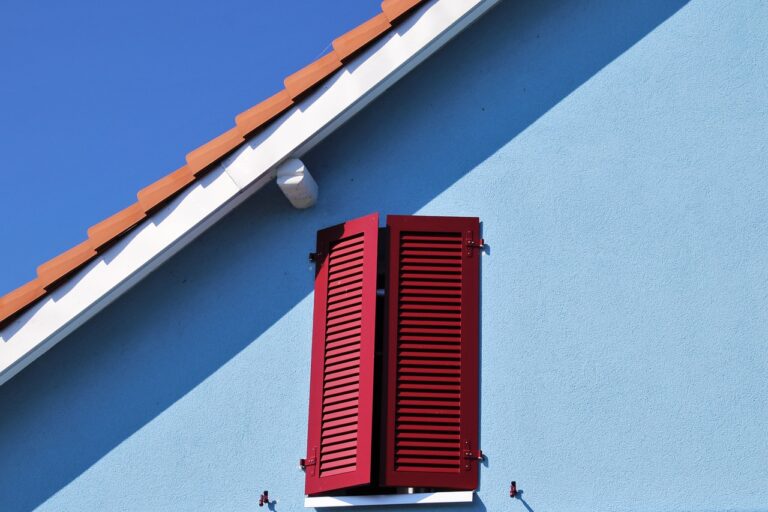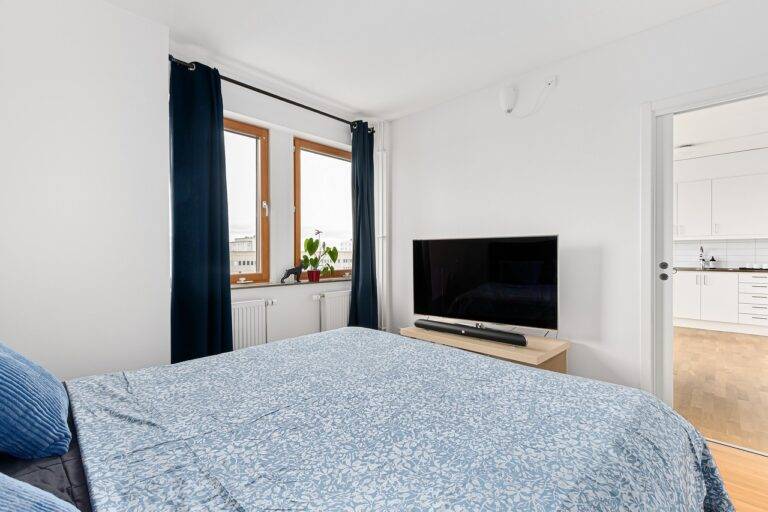Creating a Green Roof Garden: Bringing Nature to Urban Spaces
Green roof gardens offer a multitude of benefits that make them a worthwhile addition to any building. One significant advantage is their ability to improve air quality by capturing dust particles and absorbing pollutants. These gardens are also excellent for mitigating the urban heat island effect, reducing the temperature in and around the building, and lessening the need for excessive air conditioning.
In addition to their environmental benefits, green roof gardens can enhance the overall quality of life for building occupants. The presence of greenery in urban areas has been linked to decreased stress levels and improved mental well-being. Moreover, these gardens provide a habitat for birds and insects, promoting biodiversity in city centers.
Types of Plants Suitable for Green Roof Gardens
Green roof gardens offer a unique environment for plants to thrive. When selecting plants for your green roof garden, it is crucial to choose species that are drought-tolerant and can withstand varying weather conditions. Succulents such as sedum and sempervivum are popular choices for green roofs due to their ability to store water in their leaves, making them resilient in dry conditions.
In addition to succulents, ornamental grasses like feather grass and blue fescue are excellent options for green roof gardens. These grasses are low-maintenance, drought-resistant, and can add texture and visual interest to your rooftop oasis. Incorporating a variety of plants with different heights, colors, and textures will not only create a visually appealing green roof garden but also provide habitat for beneficial insects and birds.
Green roof gardens can benefit greatly from the use of native plants that are well-adapted to the local climate and soil conditions. Native plants require less maintenance, as they are already acclimated to the area’s natural environment. Some popular native plant options for green roofs include:
• Wildflowers such as black-eyed Susan and purple coneflower
• Grasses like little bluestem and switchgrass
• Shrubs such as serviceberry and winterberry
Incorporating a mix of native plants along with succulents and ornamental grasses can create a diverse ecosystem on your green roof garden. This variety will not only attract pollinators like bees and butterflies but also help improve air quality by absorbing carbon dioxide and releasing oxygen into the atmosphere.
When designing your green roof garden, consider factors such as sunlight exposure, wind patterns, and water availability to ensure that your chosen plants will thrive in their new environment. By selecting a combination of drought-tolerant succulents, low-maintenance grasses, and native species, you can create a beautiful and sustainable rooftop oasis that benefits both wildlife and the environment.
Choosing the Right Location for a Green Roof Garden
The location of your green roof garden is crucial to its success. Consider the amount of sunlight the area receives throughout the day. Most plants for green roofs thrive in full sun conditions, so choose a spot that gets at least six hours of sunlight daily to ensure your plants flourish.
Additionally, assess the structural integrity of the building before installing a green roof garden. Not all buildings are suited for the additional weight and maintenance requirements of a green roof garden. Consult with a structural engineer to ensure that the roof can support the garden and make any necessary reinforcements before proceeding with the installation.
What are some benefits of having a green roof garden?
Green roof gardens help to reduce energy costs, improve air quality, reduce stormwater runoff, provide habitat for wildlife, and create a relaxing outdoor space.
What types of plants are suitable for green roof gardens?
Succulents, sedums, grasses, and wildflowers are all great options for green roof gardens as they are low-maintenance and can withstand the harsh conditions often found on rooftops.
How can I choose the right location for a green roof garden?
When selecting a location for your green roof garden, consider factors such as sunlight exposure, weight-bearing capacity of the roof, access to water, and proximity to utilities. Make sure the location can support the type of plants you want to grow and that it is easily accessible for maintenance.







